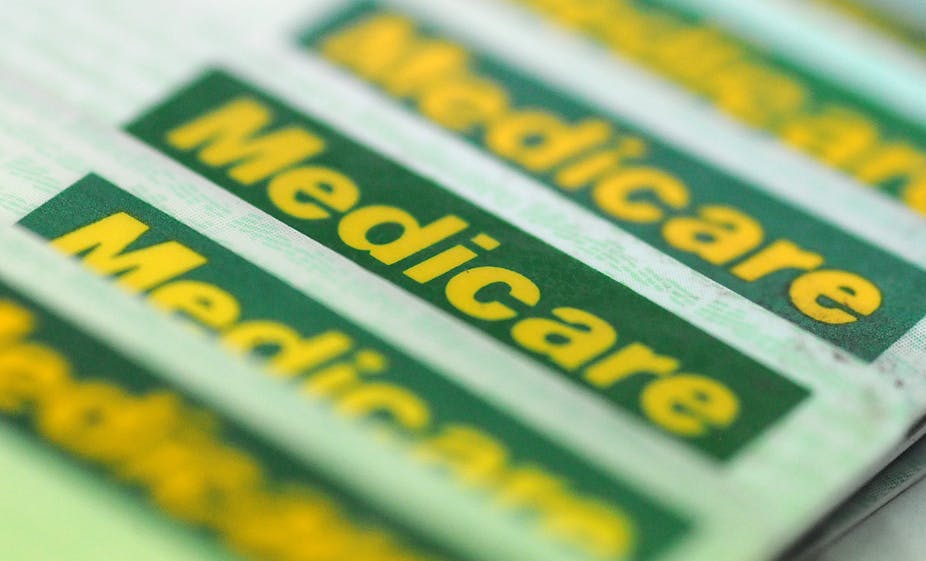“When people get sick or injured or want advice about their health, they want to see a doctor,” Dr Andrew Pesce, AMA President.
The statement by Dr Pesce implies that citizens know what they want and will set about getting it. Sick or injured? See a doctor.
There is plenty of support for this proposition from neoclassical economic doctrine which tells us that consumers are the best judges of their wants, needs and desires.
Under this assumption, the sick or injured citizen will choose the best route to restored health.
Recognising the information gap that exists in health and medicine, the citizen-turned-consumer (with rational thought and behaviour) will seek information on what to do from the most trusted and knowledgeable source at a price they can afford.
And that source is always a doctor – right? Not quite.
For a start, not everyone can afford to see a doctor, at least one that is accessible.
What do you do if a doctor is not available? You substitute the next best health professional. Or you pay a higher price – the additional time spent waiting on a list – to get to a doctor.
That’s economics and health, stripped back to the basics. Add in context and complexity and it’s not so simple.
For a start, care for the sick or injured is not just a matter of getting to see a doctor or other health professional.
We have universal health insurance (the Medicare system) to ensure that there is some equity in access to health care.
In theory, any person can see a doctor at any time and obtain a Medicare rebate. A good part of the cost of seeing a doctor and the services that follow may well be on the public purse.
Since the days that the British Medical Association represented Australian doctors we have paid doctors on a fee-for-service basis. This means doctors are paid a fee for each consultation rather than a flat rate.
From a payer perspective, this model is manageable if you can control the two things that drive fee-for-service expenditure: price and quantity (of services).
Compared with many other OECD countries we’ve kept prices of medical and allied health visits reasonably in check.
But quantity is a different story. Population, community expectations, technology and hence demand for doctors’ services have increased inexorably.
In recent times the number of doctors graduating from our medical schools has not kept pace with future demand. The distribution of doctors across the nation has not kept pace with demographic shifts and expectations.
This means that in certain parts of the country (remote, rural and regional areas) there remains doctor shortages, while there may be an oversupply in other parts of the country.
But in our fee-for-service system our public funder knows that each Medicare provider number (that doctors need to bill Medicare) will cost them a large sum of money each year so there has been an incentive to restrict the supply of doctors to keep expenditure under control.
That has helped create the shortage and maldistribution of doctors that we see today. That’s about to change as the number of medical graduates increases.
I suspect that there is concern about the implications for the national health budget as the quantity figure in our price/quantity equation heads north.
I predict that we’ll see further attempts to control price and an acceleration of efforts to substitute some services currently delivered by doctors with qualified, highly trained and cheaper non-doctors.
Is this a threat or an opportunity for doctors and for citizens who expect their health care and advice to come from doctors?
I see it as an opportunity for medical schools to train doctors who expect to practice in partnership with their non-doctor colleagues.
Yes, in some places with acute doctor shortages there will be a direct substitution of the “cheaper substitute” (nurses, pharmacists, allied health providers).
But elsewhere I predict that more doctors will see their non-medical colleagues as integral to meeting the demands placed on them from an ageing community and rising incidence of chronic disease. And this is the case for many doctors already.
We’ve got to think whether our fee-for-service system can cope with the weight of community expectations.
To avoid our health care collapsing under the financial weight of its own success we need to consider blended funding models that both pays for services delivered and pays for community care on a per capita basis.
Increasingly healthcare will be delivered in settings far from the doctor’s practice. That doesn’t mean doctors will become redundant – instead they’ll be an important part of the larger, more coordinated health-care team.

